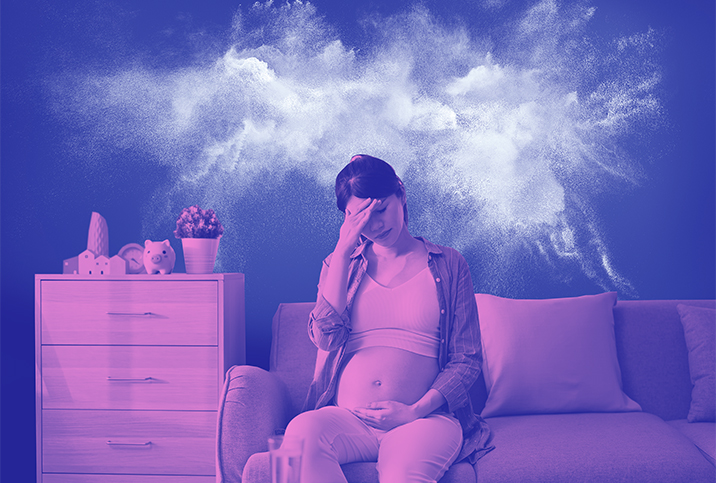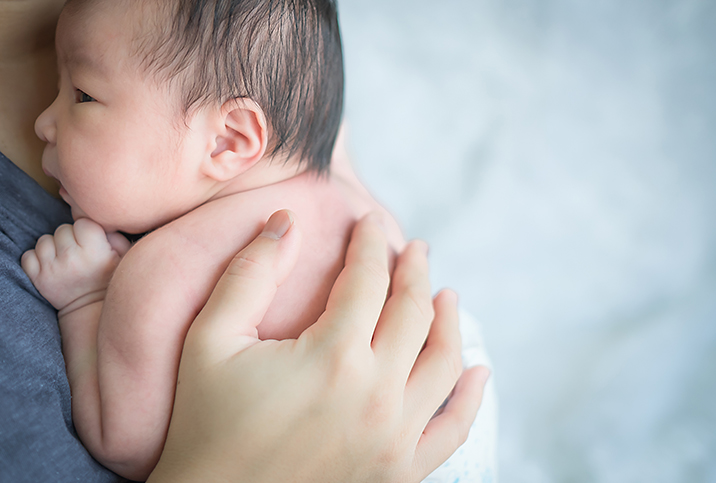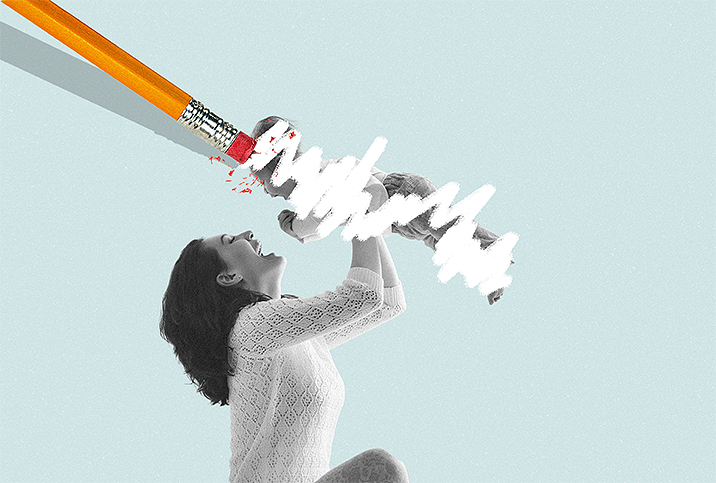The Birth Rate in the U.S. Is the Lowest It's Been in a Century

Key Points
- The American birth rate has been decreasing for years but reached a historic low in 2023, according to a new report.
- The analysis doesn't explain why, but experts believe multiple factors—such as women's shifting priorities—are likely at play.
- The report also noted that the number of cesarean sections increased for the fourth year in a row, including among low-risk births.
The birth rate in the United States has been declining for decades but hit a historic low in 2023, according to a new analysis of birth certificate data.
The nation's fertility rate decreased by 3 percent from 2022, reaching its lowest point in over a century, according to a provisional report, released by the Centers for Disease Control and Prevention (CDC) on April 25, 2024.
From 2014 to 2020, the number of babies born in the U.S. steadily declined by two percent per year before briefly increasing by one percent in 2021, then dropping by two percent again in 2022.
How many babies were born in 2023?
A reported 3,591,328 babies were born in 2023—the equivalent of about 54.4 births for every 1,000 women of reproductive age, according to the report issued by the CDC's National Center for Health Statistics.
That's about 74,000 fewer total births than in 2022 and 2021 when 3.67 million babies were born.
Although provisional, the report represents data from over 99 percent of birth certificates issued during the year. The previous low occurred in 2020, when there were 56 births for every 1,000 women ages 15 to 44, according to the 2022 CDC report.
Why did the number of U.S. births per year decrease?
The CDC report doesn't explain why birth rates fell from 2022 to 2023, but social scientists at various groups, such as the National Survey for Family Growth, may attempt further analysis.
The Great Recession contributed to the decline around 2008 and 2009, according to a 2022 report from the Brookings Institution.
However, social scientists haven't been able to identify other economic or policy factors—such as rising rent or childcare costs—that have changed since 2007 and factored in significantly since then.
Instead, researchers conjectured that "shifting priorities" has played a more prominent role, according to the institution. This includes people's preferences for having children, aspirations for life and how to allocate time and resources.
Other research suggests women are waiting longer to have children, a decision which may also impact the total number of kids they have. The average age of first-time mothers in the U.S. had increased to 27.3 in 2021, up from 24.9 in 2000 and 21.4 in 1970, a 2023 report from the CDC noted.
The biggest factor though has been a decline in teen births, which accounted for just seven percent of first-time mothers between 2020 and 2021, down from 13.4 percent in 2014 and 23 percent in 2000.
The teen birth rate fell to a record low of 13.2 births per 1,000 women ages 15-19, according to the 2024 report.
There's also a growing cohort of women delaying childbirth until their late 20s, 30s and even 40s. In 2021, the average age of first-time mothers was 27.3, compared to 25.6 in 2011.
About 20 percent of women in the U.S. now have their first child after age 35, what's considered a "geriatric pregnancy," according to the National Institutes of Health (NIH).
Roughly 60 percent of respondents listed finances as their chief reason for delaying motherhood, as indicated by a 2020 survey by Modern Fertility and the personal finance company SoFi.
The survey respondents either didn't feel they currently had the resources to support a child or wanted to earn a higher salary first.
Census Bureau data confirms that women are also having fewer children overall, according to Pew Research. In the 1970s, on average, women had more than three kids at the end of their childbearing years. In 2020, that statistic was about two kids.
Recommended
- Freezing Eggs and Embryos: Myths & Misconceptions: Looking to start a family one day? Here's what you need to know about freezing eggs or embryos.
- Should You Be Sweating to Help Your Fertility or Menstrual Cycle?: Some people believe infrared saunas can help conditions from painful periods to fertility.
- Men Should Talk More About Infertility: Male infertility can have many causes, but a proactive approach can yield positive results.
How did the birth rate vary by age group?
The latest CDC data doesn't indicate where babies were born or if they were a woman's first child, but it does indicate the birth rate fell among women ages 20 to 39 and reached a record low for women ages 20 to 24.
The teen birth rate, however, seemingly plateaued.
Although the teen birth rate is down 79 percent from its most recent peak in 1991, the rate only declined by about three percent from 2022 to 2023, compared to seven percent on average per year from 2007 to 2022.
The rate was virtually unchanged for young teens ages 10 to 14 and women ages 40 to 49. It was highest among women ages 30 to 34 (about 95 births per 1,000 women).
What else did the report show?
The rate of cesarean deliveries increased for the fourth year in a row to 32.4 percent in 2023, up from 32.1 percent in 2022, according to the report.
Black mothers were the most likely to have C-sections, with the rate jumping to 37 percent among this group. Among low-risk births, the C-section rate increased to 26.6 percent, the highest it has been since 2013.
The CDC defines low-risk births as head-first births of single, full-term babies born to first-time mothers with no complications. The preterm birth rate remained roughly the same from 2022 to 2023, at 10.41 percent, according to the report.
The bottom line
More research is needed to better understand why the birth rate in the United States is falling, but several factors are likely at play, including the rising age of first-time motherhood.
If you have questions about fertility or pregnancy and childbirth, talk to your OB-GYN.
Your healthcare provider can help you understand your options and whether to consider fertility treatments, such as egg or embryo freezing and in vitro fertilization, if you decide to have a biological child later in life.


















